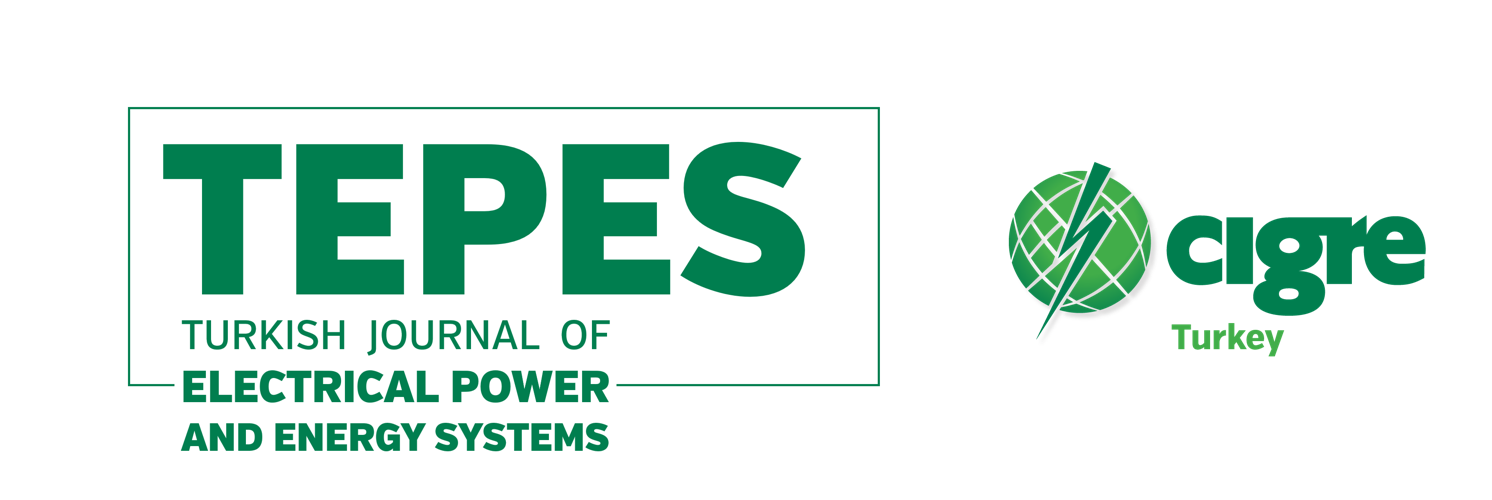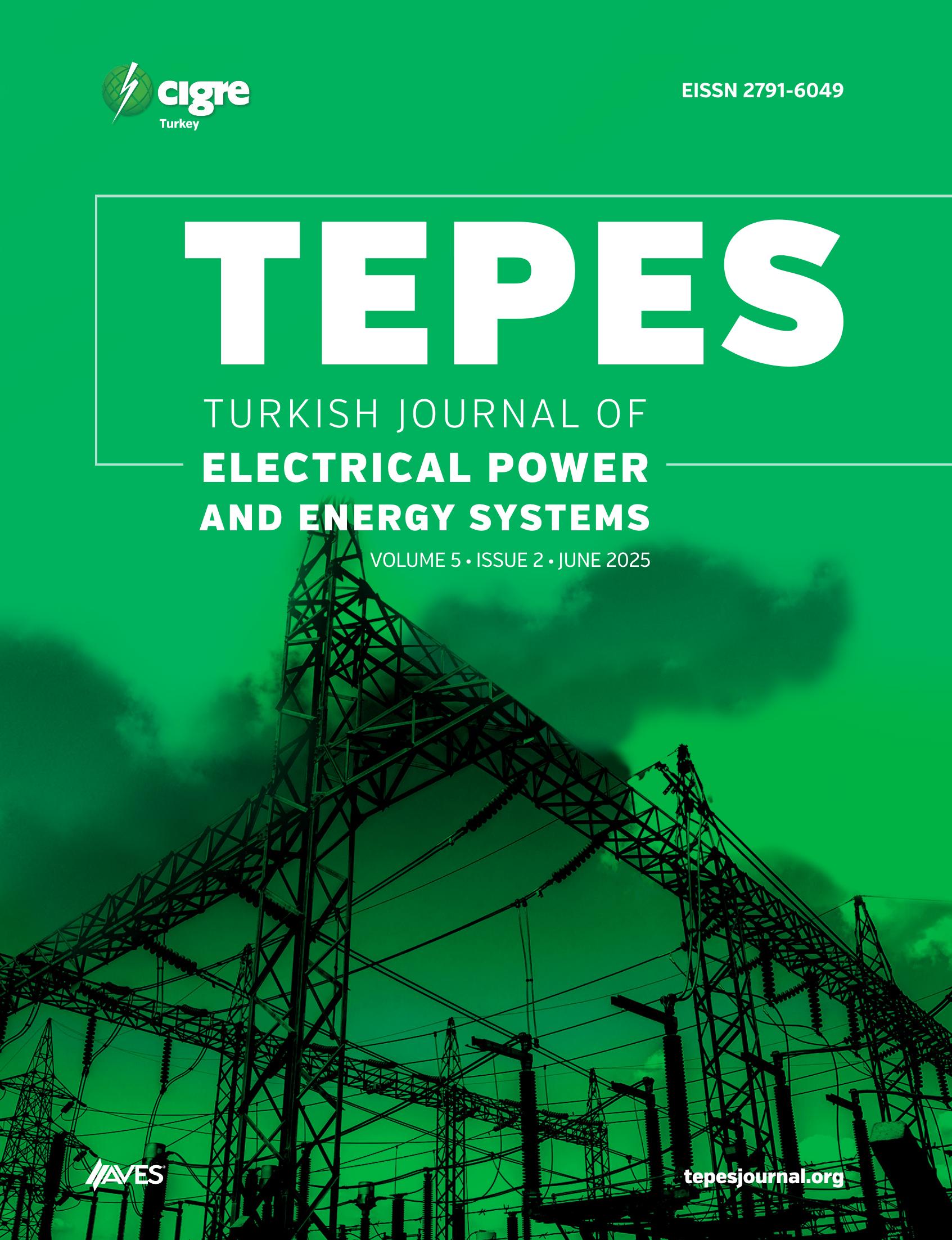Flux-switching generators (FSGs) are widely used in wind turbine applications, particularly within microgrids, due to their unique structural and operational advantages. However, the salient pole structures of their stator and rotor teeth result in high torque ripple, elevated harmonic content, and increased magnetic flux density in the stator and rotor teeth. These issues necessitate optimization of the machine’s design parameters. This study investigates the effects of rotor pole skew (delta) and coil-pole pitch ratio (embrace) on the performance of a 260 W FSG operating at 1200 rpm and 200 Hz. A multi-slice skewing method was applied to the rotor to analyze its impact on average torque, torque ripple, and efficiency. The results reveal that variations in pole skew and coil-pole pitch ratio significantly affect torque, flux linkage, and induced voltage while also reducing magnetic stresses. Despite these improvements, the prominence of the second harmonic limits the effectiveness of the skewing angle on generator output parameters. Additionally, the influence of the number of rotor slices on output performance and manufacturing complexity was examined.
Cite this article as: T. Ozmen, T. Isıkelekoglu, S. Tunahan Durmaz, B. Eren Ergun, and N. Onat, "Comprehensive analysis of rotor geometric parameters and skewing methods in flux-switching generators," Turk J Electr Power Energy Syst., Published online April 21, 2025. doi 10.5152/tepes.2025.25003.








